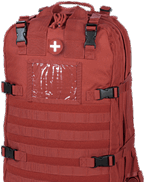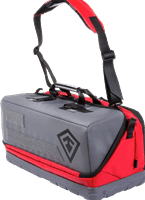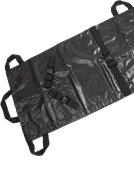The medical backpack may look like a classic (or "regular" tactical) backpack from the outside, but appearances are deceiving. It is a backpack whose individual functions and elements are maximally adapted to the expected use, i.e. specifically to save health and life.
For tactical purposes, we often need even higher quality and more efficient equipment than for outdoor activities – and here the quality and efficiency of use must be uncompromising. Civilian and military medics, for understandable reasons, require absolute excellence. And this also applies to medical backpacks, which you can find at Rigad.com.
Properly defined priorities
Medical backpacks are adapted so that you can fit them as closely as possible to your priorities and specific use in the field. In such a medical backpack, you can organize medical equipment and elements of the first aid kit, which you cannot do without at work. It can be, for example, bandages of various sizes and types, disinfectants, scarves and the like, which even a layman should be able to handle. But also about much more specific matters for professional use such as intubation sets, tourniquets, fixation collars and the like. Naturally, it depends on the size of the backpack – here you also need to adjust the size of the equipment being carried.
The right organization
As we have already indicated, the medical backpack must be properly organized, so that you can always find everything you need in it, even in a tense situation where seconds decide. For obvious reasons, one main compartment and a small pocket on the front won't be enough for you, which might be enough if you're going on a day hike in the countryside.
The interior space, on the other hand, should be well designed and should include various pockets and organizers that we can use to attach individual elements of the aforementioned equipment. Another option is the so-called pocket-in-pocket, where the main space of the backpack is made up of a Velcro system, to which you can easily attach individual smaller pockets of different colors.
Different colors will help us distinguish different categories of medical equipment directly in action. For example, when we arrive at an accident, we can immediately reach for the green pocket, which contains a stethoscope, blood pressure and blood sugar meters, a pulse oximeter, and the like. In the pocket of another color, you can have bandages or ampoules with sedatives, antibiotics, anti-allergic drugs and the like.
The individual pockets should be padded so that the equipment elements placed in them do not break against each other during movement. On the surface of the backpack, there could be a few larger pockets for larger devices. And if they are missing and you need them, the MOLLE/PALS webbing that tactical medical packs are often equipped with will help.
Operative use and comfort
For operative use, it is important that the pockets of the backpack, including its main compartments, can be unzipped up to the bottom of the backpack. Thanks to this, you can open the backpack like a book and much easier and faster to find exactly what you need for the performance of the activity.
As with other types of rucksacks, the comfort of the wearer needs to be considered, as it is clear that due to the amount of equipment stored inside, they can be quite heavy in relation to their size. Therefore, care must be taken to ensure that these backpacks integrate a quality carrying system with padded shoulder straps, a strong back and a ventilation system. A padded waist belt or a chest strap will definitely come in handy as well, with which you can better stabilize the backpack while carrying it and you will be able to move with it comfortably even over longer distances.
Last but not least, care must also be taken with suitable materials, which should be easy to wash and maintain, due to the conditions in which healthcare professionals often work. In addition, the materials should be strong and at least to some extent resistant to water.
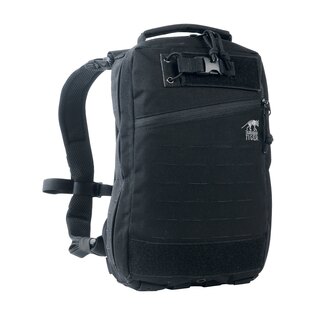


Tasmanian Tiger® Medic Assault MK II S backpack
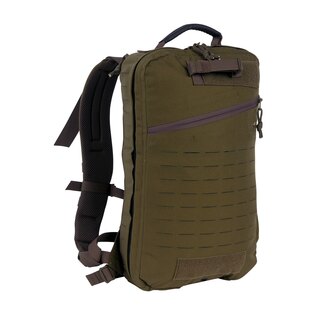


Tasmanian Tiger® Medic Assault MK II Backpack
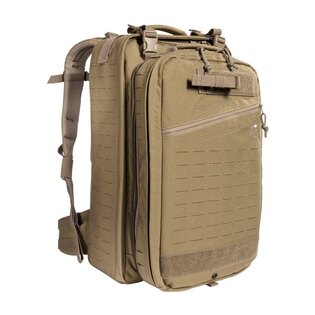



Tasmanian Tiger® First Responder Move On MK II
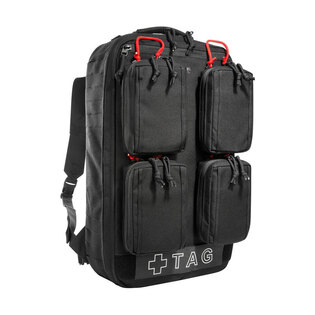


Tasmanian Tiger® Medic Mascal Pack
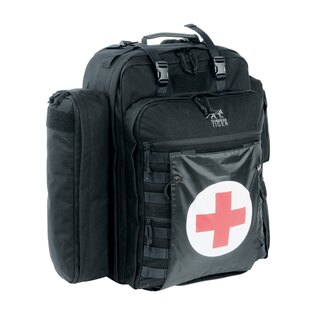


Tasmanian Tiger® First Responder MK III medical backpack
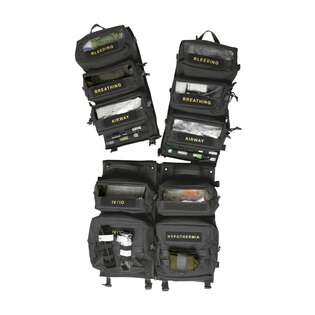


Tasmanian Tiger® Medic Transporter Pouch Panel
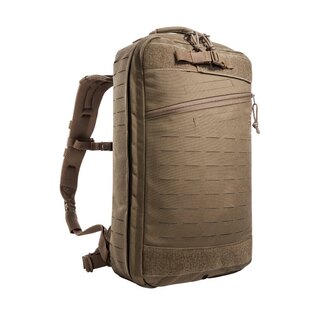


Tasmanian Tiger® Medic Assault Pack L MKII
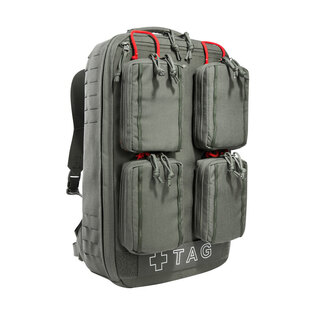
Tasmanian Tiger® Medic Mascal Pack IRR
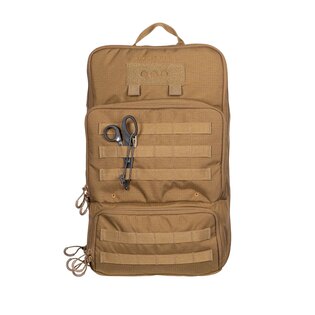


Eberlestock® Mission Medic backpack
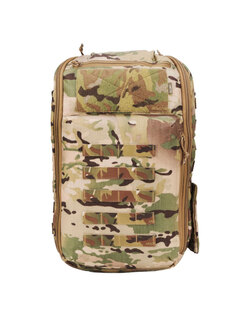


UTactic® Assault Animus Plus medical backpack
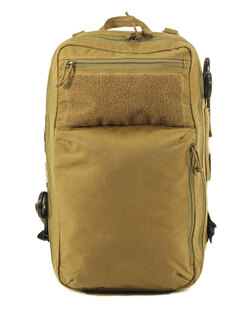


UTactic® Assault Animus medical backpack
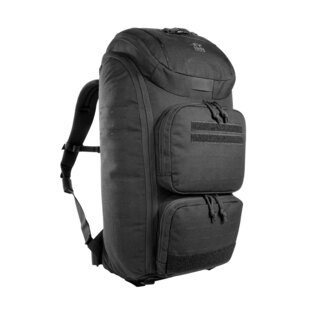


Tasmanian Tiger® Modular Medic 38 medical backpack
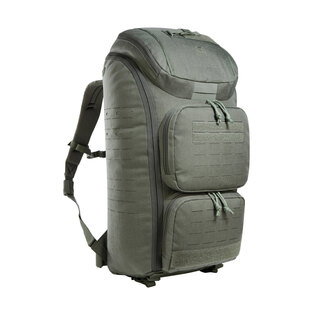
Tasmanian Tiger® Modular Medic 38 IRR medical backpack
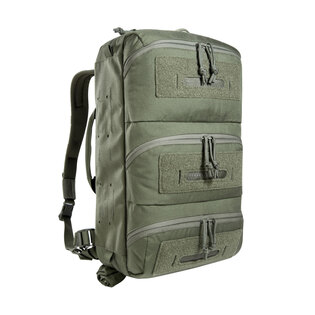


Tasmanian Tiger® Modular Medic Combat 18 medical backpack
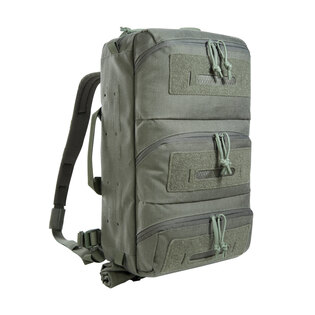
Tasmanian Tiger® Modular Medic Combat 18 IRR medical backpack
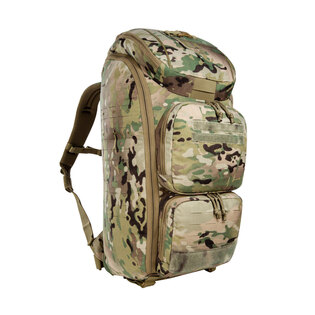
Tasmanian Tiger® Modular Medic 38 medical backpack / Multicam®
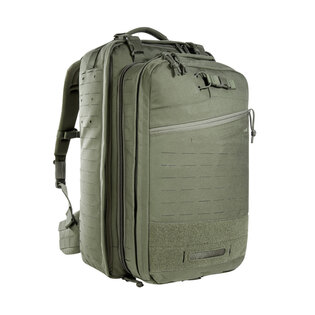


Tasmanian Tiger® First Responder Move On MK III medical backpack
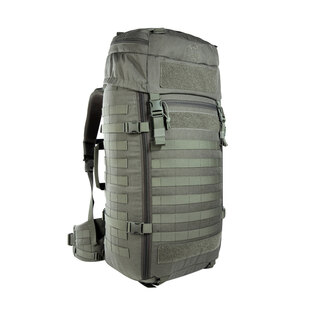
Tasmanian Tiger® Medic Platoon Pack IRR backpack
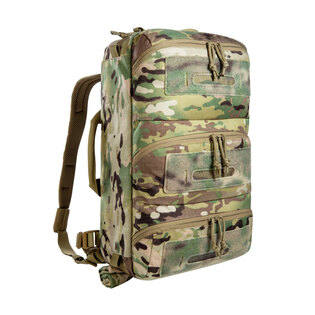
Tasmanian Tiger® Modular Medic Combat 18 medical backpack / Multicam®
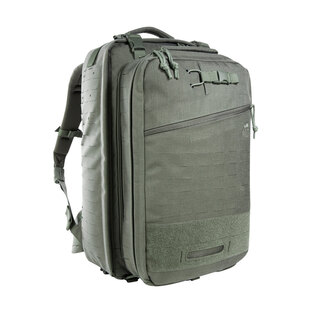
Tasmanian Tiger® First Responder Move On MK III IRR medical backpack
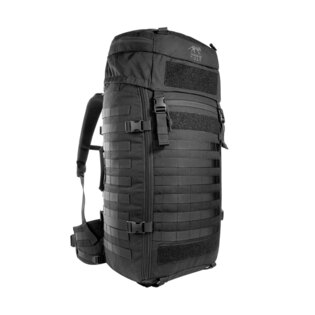


Tasmanian Tiger® Medic Platoon backpack
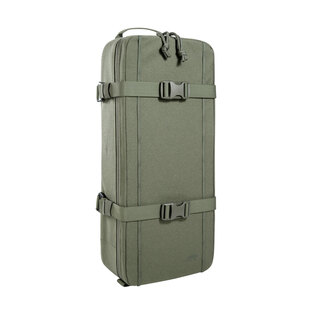


Tasmanian Tiger® Medic Platoon backpack side pocket






































































































































